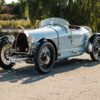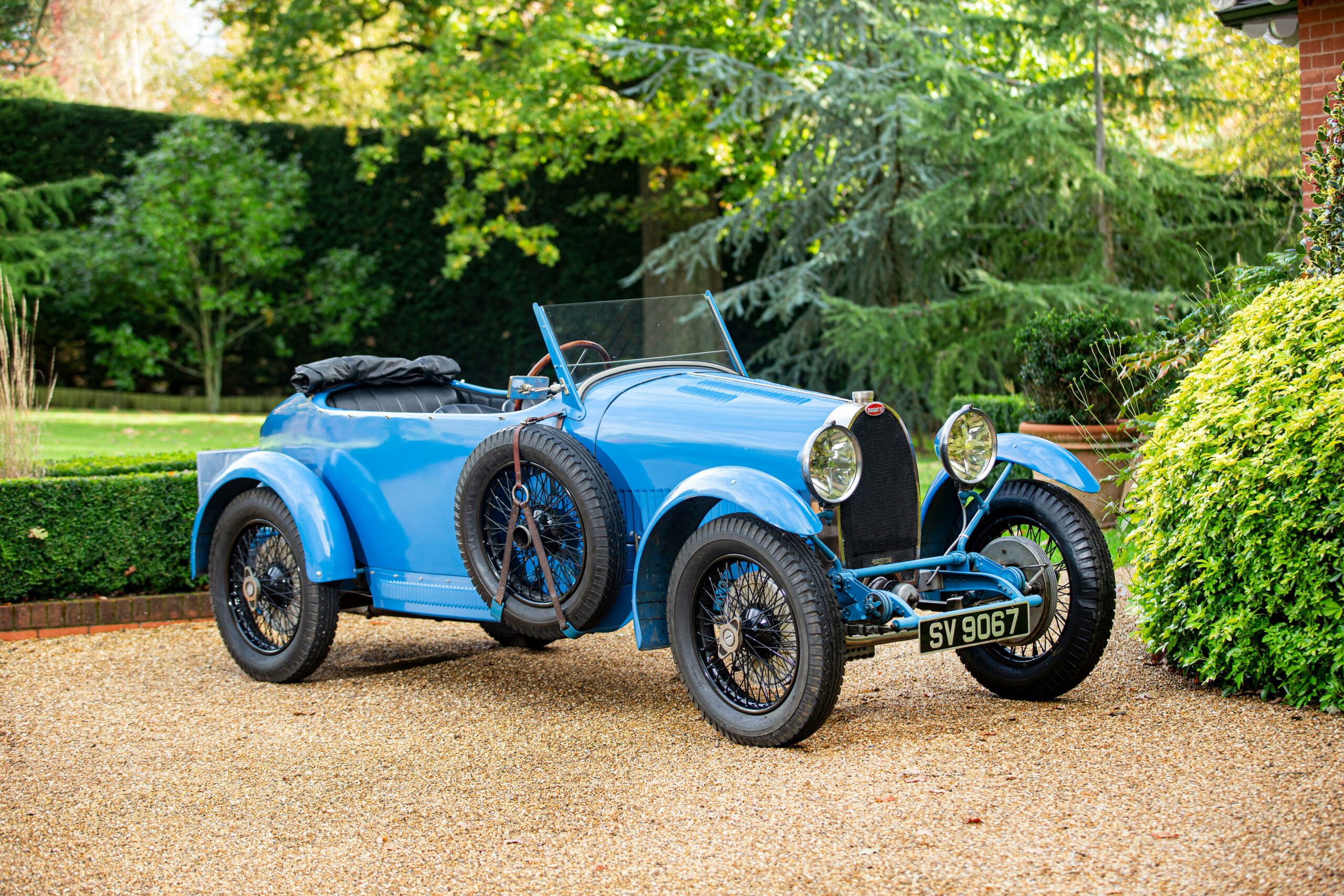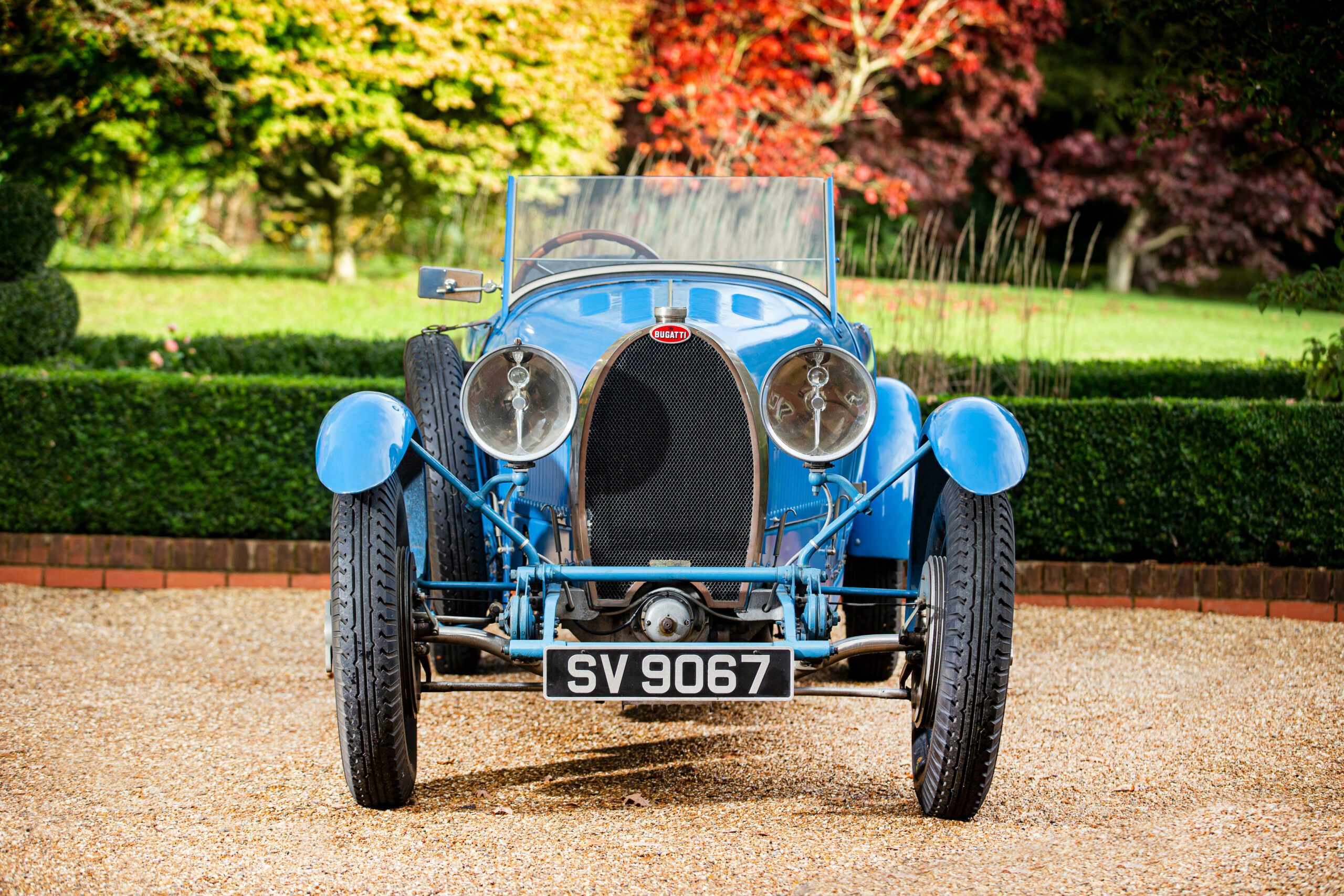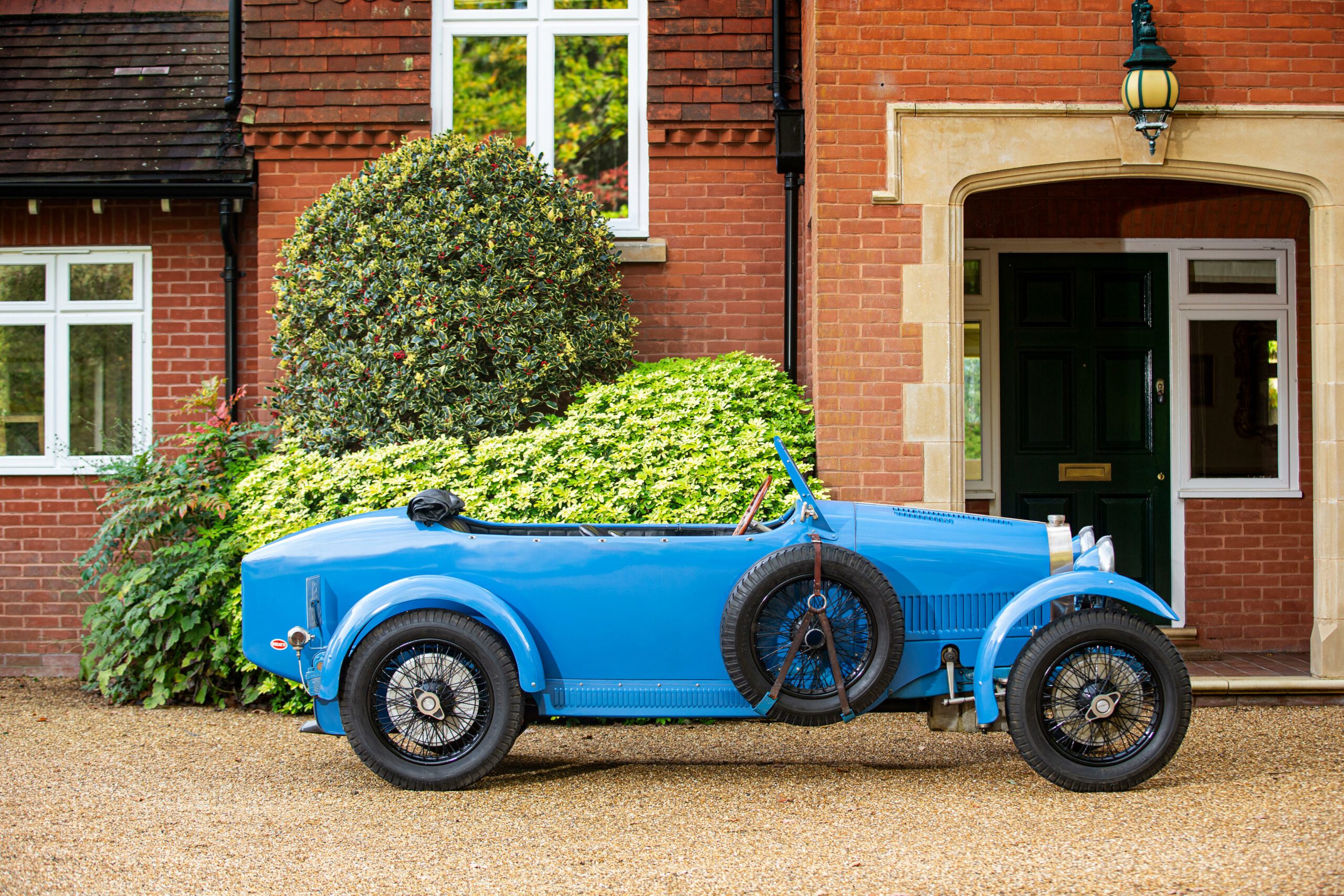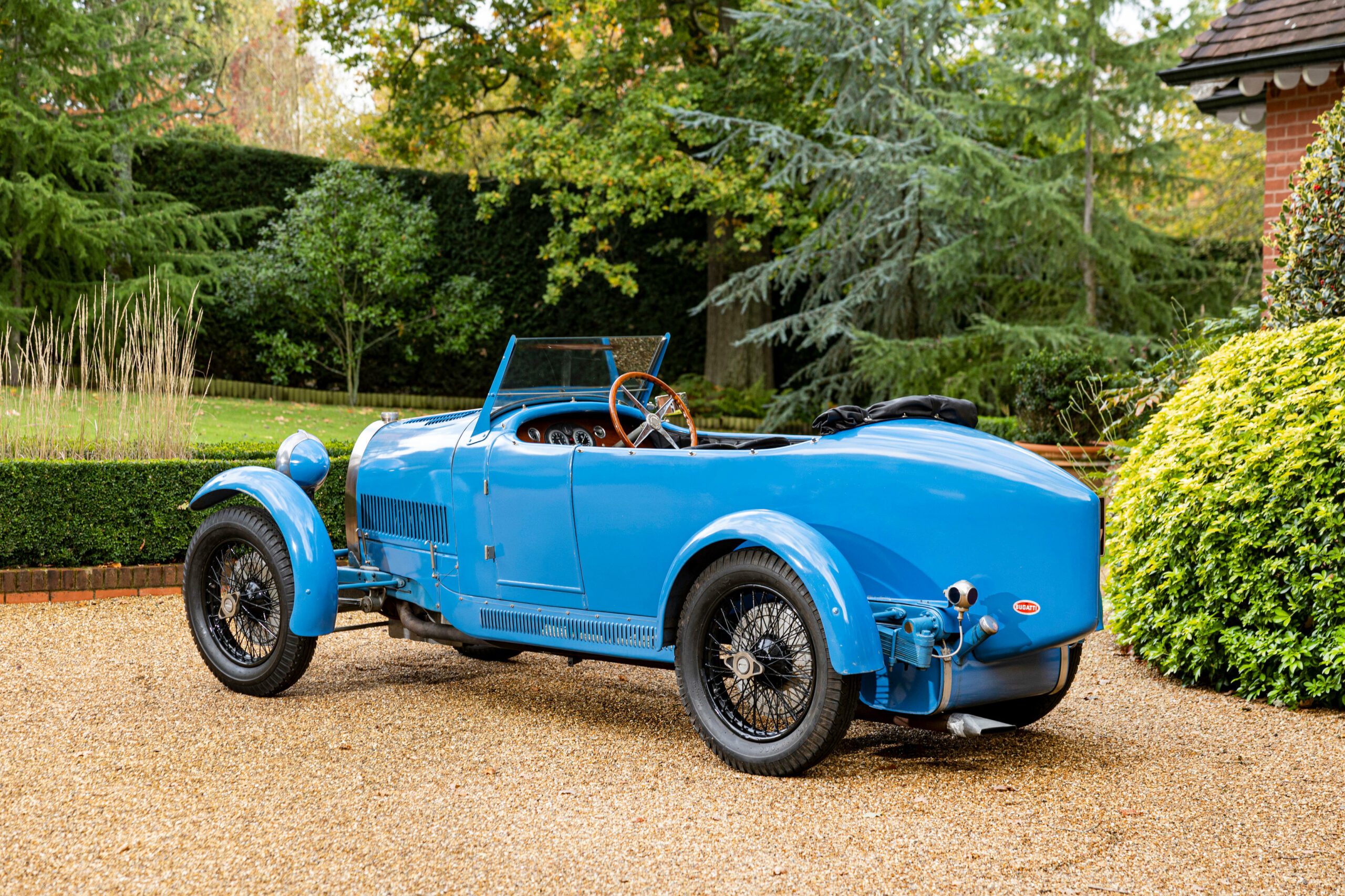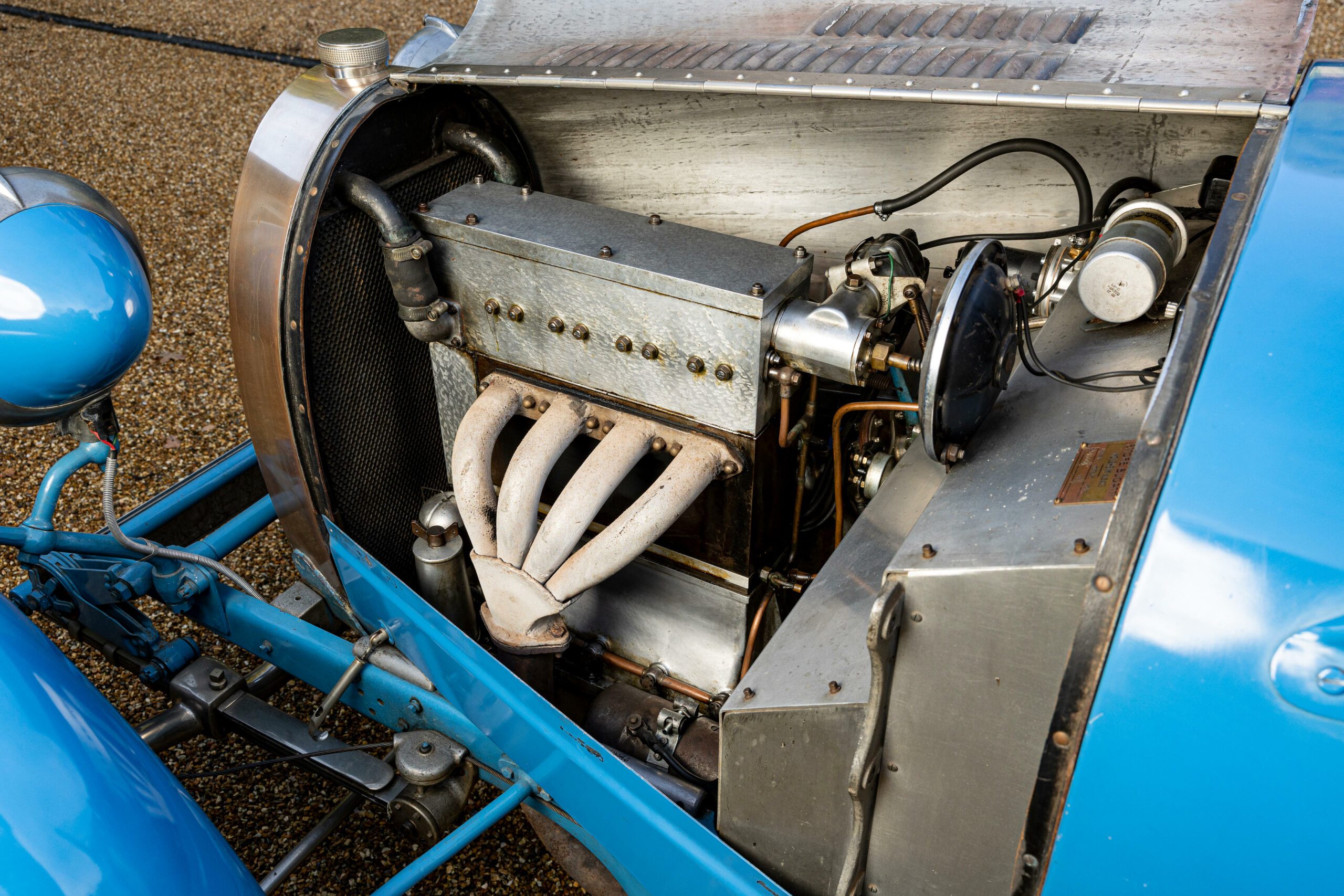In the early 1930s, Ettore Bugatti, known as ‘Le Patron,’ had already earned an unparalleled reputation for crafting high-performance cars renowned on both road and track. The Molsheim factory’s products had become favorites of the world’s top racing drivers, who not only celebrated numerous triumphs with them but also chose Bugatti vehicles for their everyday transportation. However, Bugatti’s origins diverged significantly from the glamorous realm of Grand Prix racing.
Ettore Bugatti, an Italian-born engineer, honed his skills at De Dietrich, Mathis, and Deutz before establishing his own factory in 1910 at Molsheim in Alsace, then part of Germany. The journey began with the Type 10, a design stemming from Bugatti’s tenure at Deutz, serving as the prototype for the inaugural Molsheim-built Bugatti, the Type 13. Launched in 1910, this marked Bugatti’s first production car, featuring a 1,327cc, four-cylinder, single-overhead-camshaft, 8-valve engine, a four-speed gearbox, and a short-wheelbase chassis supporting a simple open two-seater body.
Evolved from the original Type 13 of 1910, the Type 13 Brescia earned its name after the factory secured the top four positions at the 1921 Italian Grand Prix for Voiturettes. Following this success, the Type 22 and Type 23 emerged, both employing the single-overhead-camshaft 16-valve Brescia engine.
Subsequently, the 1926 introduction of the Type 40 Bugatti succeeded the Brescia models, featuring a lengthened wheelbase and a more potent engine, resembling the one in the Type 37 Grand Prix car. With a 1,496cc four-cylinder engine and a maximum power output of approximately 45bhp, the Type 40 saw the production of 830 units until May 1931, with an additional 40 Type 40As featuring the 1,627cc engine completed by year-end. Today, fewer than 200 of these vehicles are estimated to survive.
Source: Bonhams Cars



